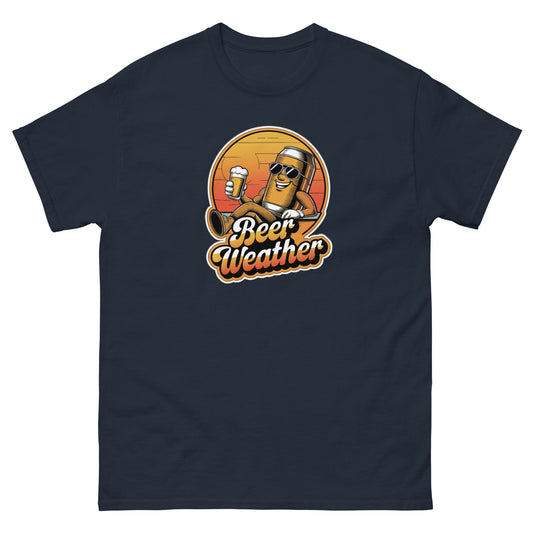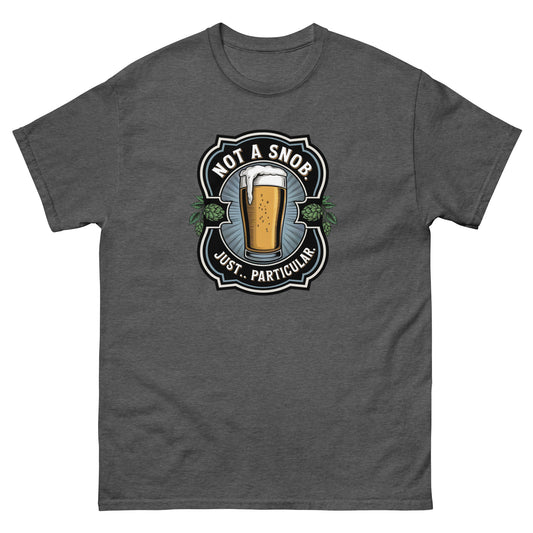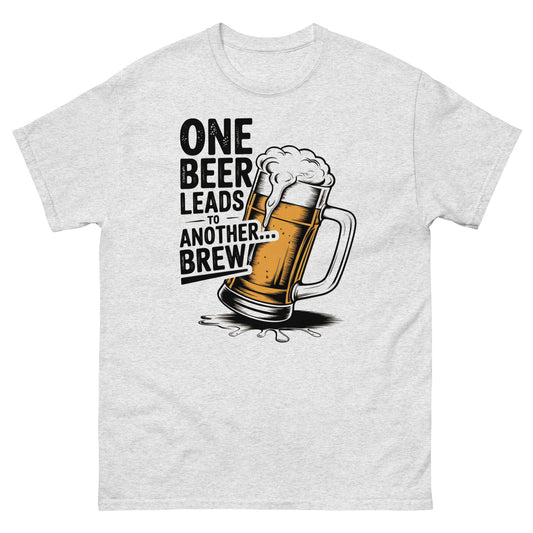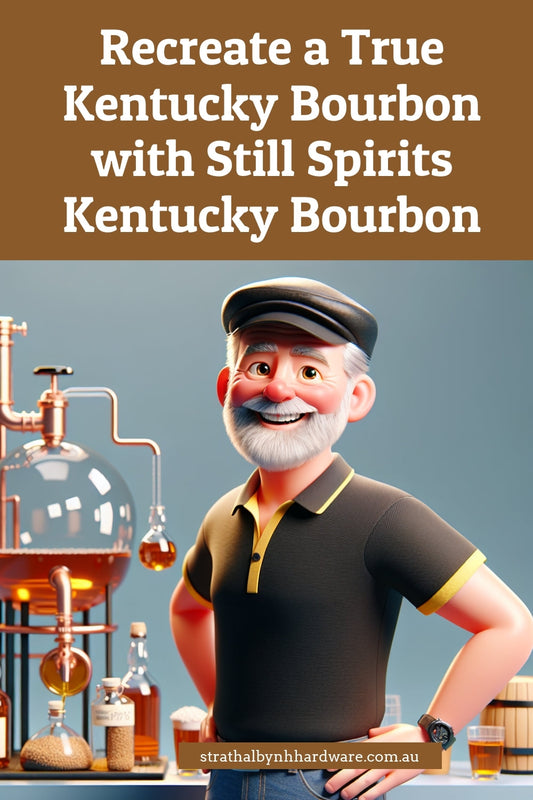How to Brew a Perfect Pale Ale with Thomas Coopers Bootmaker Pale Ale Kit
Share
The Beer You’ll Want to Brag About: Brew Your Own Pale Ale Right at Home
You know that mate who rocks up to a Saturday BBQ, plonks down an icebox and says, “Try this, I brewed it last weekend”? You nod politely, expecting something halfway between cordial and regret. Then you take a sip… and boom – proper, punchy pale ale magic. Thick, malty, hoppy wonder. Suddenly, you're planning your own beer adventure.
If you’ve ever stood there thinking, “Could I really brew something that good?”, the answer is a loud yes. And I’m about to show you how to nail it the first time. You don’t need fancy gear or a chemistry degree. You just need a few core essentials, a little patience, and the help of a cracking good brew kit like the Thomas Coopers Bootmaker Pale Ale.
Why This Pale Ale Kit? It’s Beer with a Backstory
 First things first – let’s talk taste. This kit honours Thomas Cooper’s early days as a bootmaker in Kensington, and honestly, it’s got that old-school charm but with a modern craft beer kick.
First things first – let’s talk taste. This kit honours Thomas Cooper’s early days as a bootmaker in Kensington, and honestly, it’s got that old-school charm but with a modern craft beer kick.
- Rich amber pour – it looks as good as it tastes.
- Toffee malt flavour – balances out the hoppy bitterness for a smooth sip.
- Fresh citrus and pine aroma – crack open a bottle and you’ll immediately get why this is a fan favourite.
- Thick, creamy head – mates will think you pulled it straight from a tap.
At 1.7kg of pure brewing goodness, this kit brings satisfying depth without the overwhelm. Whether this is your fifth batch or your first go, the Thomas Coopers Bootmaker Pale Ale sets you up for something that feels genuine—from recipe to final sip.
The Method: Brewing Goes from Scary to Simple
When I first started brewing, I remember staring at thermometers, timing yeast additions with military precision, and triple-checking sanitiser levels like it was a science experiment. Truth is, it can be that technical if you want it to be—but it doesn’t have to be.
This is how I’d explain it over the fence to a neighbour ready to give it a go:
- Clean everything and sanitise it. Not just “eh, that’ll do” clean. Proper clean. Think: clean enough you’d eat off it.
- Pour the ale kit into your fermenter with warm water. The Thomas Coopers can smells like victory already—go ahead and sneak a whiff.
- Add dextrose or your sugar of choice, top it up with cold water, stirring well to blend everything. Make sure you’re sitting in the sweet spot of around 20–22°C before adding your yeast.
- Sprinkle the yeast in. Don’t fuss—just gently let it do its thing. Add airlock, then walk away... for 7 to 10 days. Let it ferment quietly like a magical sciencey stew.
- Bottle with the right amount of priming sugar, or carbonation drops if you want less math in your life. Then, leave it somewhere dark for a couple of weeks to condition.
This part requires the most patience. But good things come to brewers who wait. I still remember my first bottle crack open with Bootmaker. That hiss when the pressure released—pure satisfaction. Followed by that golden amber pour and creamy froth!
What Makes Pale Ale Brewing So Rewarding?
Pale ales give you just enough room to experiment while still delivering those signature flavours you love at the pub. It’s like learning to roast the perfect chook before graduating to duck confit. It’s hands-on, satisfying, and repeatable with purpose.
The best part? It’s yours. You’ve made something that’s both old-world and totally individual. Let’s be honest—the bragging rights don’t hurt either.
Tips for First-Timers (Swear by Them)
- Stick to boiled and cooled water or bottled water for your first batch—it saves you headaches around chlorine and off flavours.
- Don’t pop a bottle too early. Give it time to fully carbonate, and store it at room temperature during conditioning.
- Label them! You’ll thank yourself later when you start testing different recipes. Confusing your Bootmaker Pale Ale with that stout experiment isn’t as fun as it sounds… trust me.
- Share it. Beer’s a social drink. Watching someone smile sipping your creation? That’s the big moment.
Fancy Going From Kit to Custom?
Once you’ve nailed the Bootmaker as is, you might feel ready to shake things up. A honey twist? Maybe dry-hopping with a wild bush hop? Totally doable once you’re confident. But I always say: get a great base first. Build the house before picking curtains. This kit gives you that foundation.
Can You Really Brew Beer This Good?
Absolutely. No million-dollar set-up needed. Just a decent fermenter, clean bottles, a Thomas Coopers Bootmaker Pale Ale kit, and a passion for putting your own mark on an ancient craft.
Messing it up? It’s rarer than you’d think if you follow the steps. The mistakes I’ve made were always about rushing. Sanity-saving rule: take your time; the beer’s doing the work for you.
So if you're looking for a way to wind down and make something you're proud of—start here. You’ll finish a batch with bottles lined up and that smirky sense of “I did this” you can't quite beat. And hey, when that bottle cracks open and the foam builds beautifully in your glass? That’s not just beer, that’s brewed pride.
Cheers to your journey—your mates won’t know what hit 'em 🍻
Cheers,
Candeece

Stay Connected
Join our homebrewing community: Beer and Barrel Society on Facebook
Follow our Facebook Page: Strathalbyn H Hardware on Facebook








